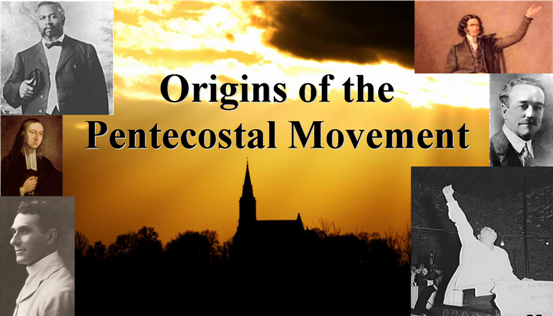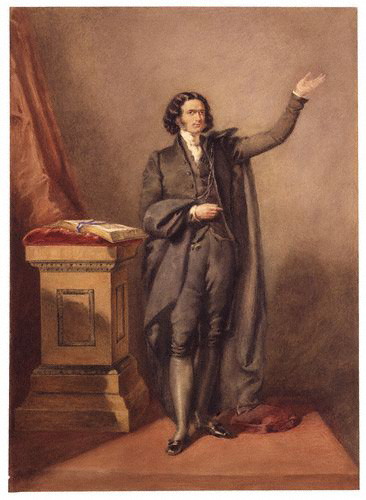The Origins of the Pentecostal Movement

Introduction
The Pentecostal movement is by far the largest and most important religious movement to originate in the United States. Beginning in 1901 with only a handful of students in a Bible School in Topeka, Kansas, the number of Pentecostals increased steadily throughout the world during the Twentieth Century until by 1993 they had become the largest family of Protestants in the world. With over 200,000,000 members designated as “denominational Pentecostals,” this group surpassed the Orthodox churches as the second largest denominational family of Christians, surpassed only by the Roman Catholics. In addition to these “Classical denominational Pentecostals,” there were over 200,000,000 “Charismatic” Pentecostals in the mainline denominations and independent charismatic churches, both Catholic and Protestant, which placed the number of both Pentecostals and charismatics at well over 420,000,000 persons in 1993. This explosive growth has forced the Christian world to pay increasing attention to the entire movement and to attempt to discover the root causes of this growth.

Edward Irving, 1843.
Although the Pentecostal movement had its beginnings in the United States, it owed much of its basic theology to earlier British perfectionistic and charismatic movements. At least three of these, the Methodist/Holiness movement, the Catholic Apostolic movement of Edward Irving, and the British Keswick “Higher Life” movement prepared the way for what appeared to be a spontaneous outpouring of the Holy Spirit in America.
Perhaps the most important immediate precursor to pentecostalism was the Holiness movement which issued from the heart of Methodism at the end of the Nineteenth Century. From John Wesley, the Pentecostals inherited the idea of a subsequent crisis experience variously called “entire sanctification,” “perfect love,” “Christian perfection”, or “heart purity”. It was John Wesley who posited such a possibility in his influential tract, A Plain Account of Christian Perfection (1766). It was from Wesley that the Holiness Movement developed the theology of a “second blessing.” It was Wesley’s colleague, John Fletcher, however, who first called this second blessing a “baptism in the Holy Spirit,” an experience which brought spiritual power to the recipient as well as inner cleansing. This was explained in his major work, Checks to Antinominianism (1771). During the Nineteenth Century, thousands of Methodists claimed to receive this experience, although no one at the time saw any connection with this spirituality and speaking in tongues or any of the other charisms.
By the time of the Pentecostal outbreak in America in 1901, there had been at least a century of movements emphasizing a second blessing called the ‘baptism in the Holy Spirit’ with various interpretations concerning the content and results of the experience.
Category: Church History, Fall 2000


